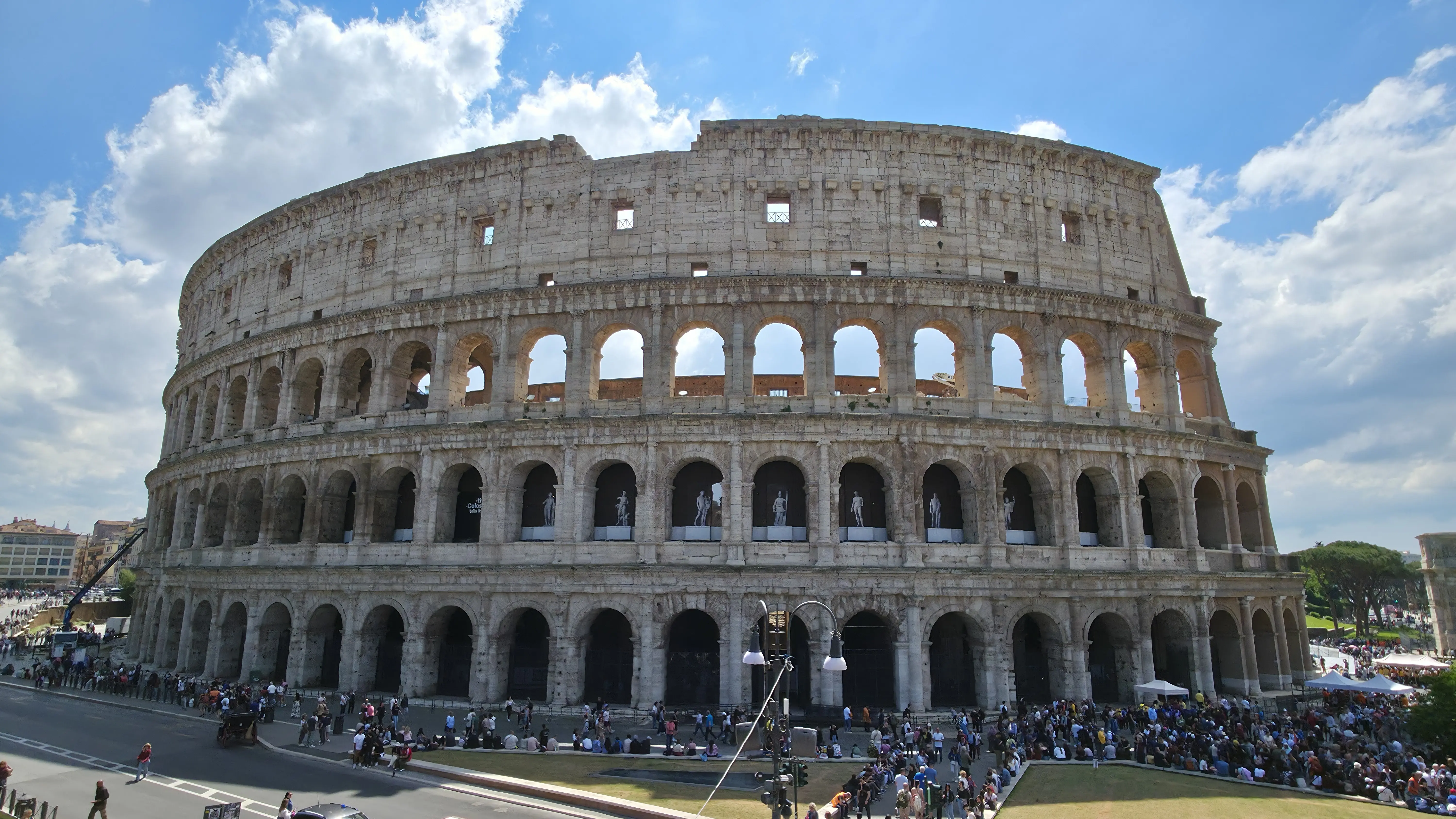Ciao viaggiatori 🌍 There are moments when travel takes your breath away, not because you’re tired, but because you’re standing in the presence of something so vast, so storied, and so deeply human that it leaves you speechless. Seeing the Colosseum for the first time was exactly that.
Set against the Roman skyline like a giant stone crown, the Colosseum is more than a monument. It’s a memory made of marble and time. Built nearly 2,000 years ago, this Flavian amphitheater has witnessed everything from roaring gladiator battles to quiet modern awe. And the moment you catch sight of it, whether from the Via dei Fori Imperiali or stepping out from the Colosseo metro station, it hits you: you’re in the presence of ancient majesty!
💬 First Impressions
From the outside, the Colosseum is breathtaking. Its tiered arches rise with rhythm and grace, each one a window into a past that still echoes through the present. As I approached, the sheer scale of it was overwhelming, not just in size, but in presence. It felt less like visiting a ruin, and more like walking into a legend.
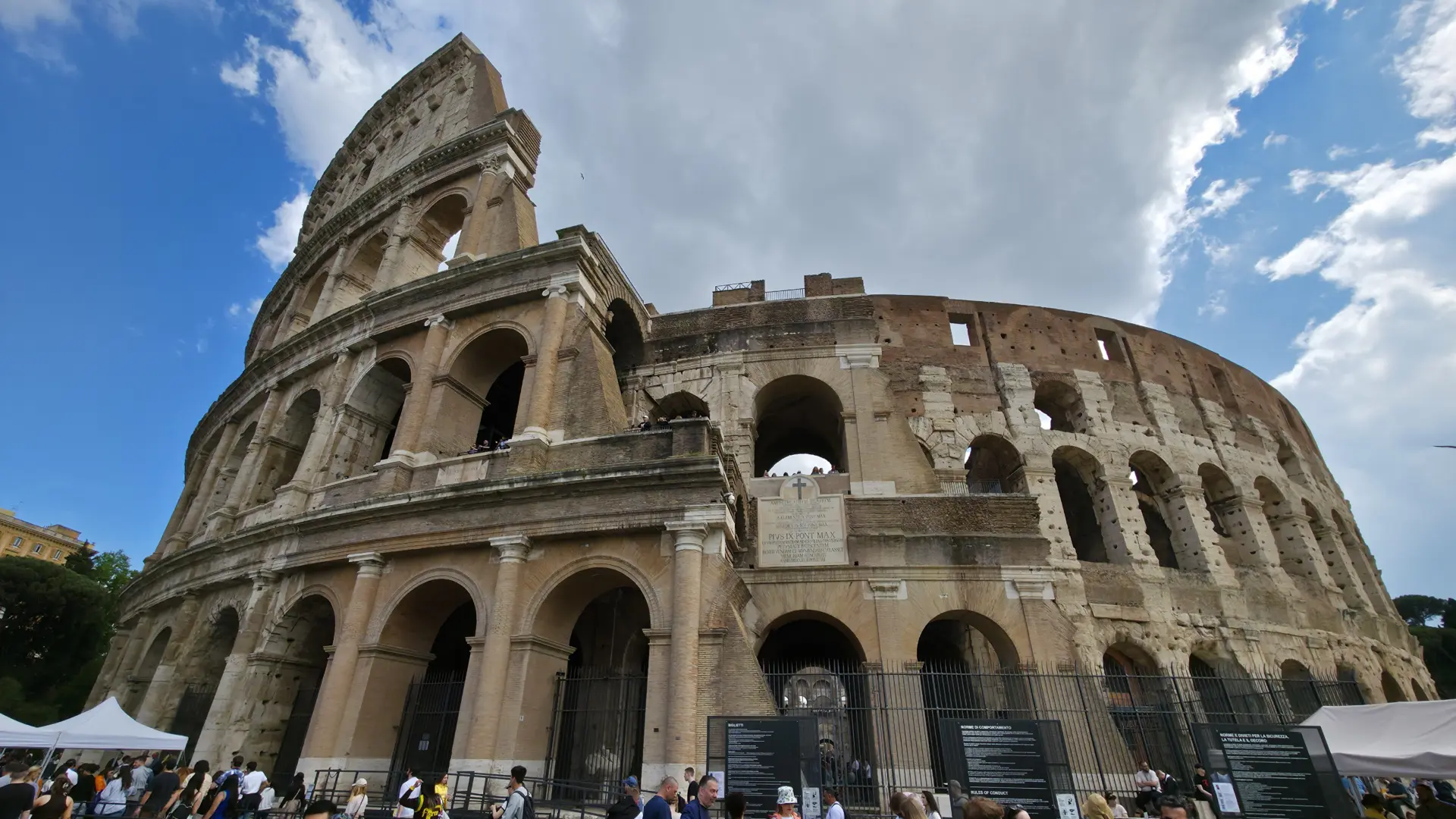
You can circle the perimeter slowly, taking in its vastness, the precise geometry of its architecture, the worn yet dignified texture of travertine. The closer you get, the more its layers reveal themselves: old iron clamps, chipped columns, ancient inscriptions. Rome doesn’t whisper history. It roars it!
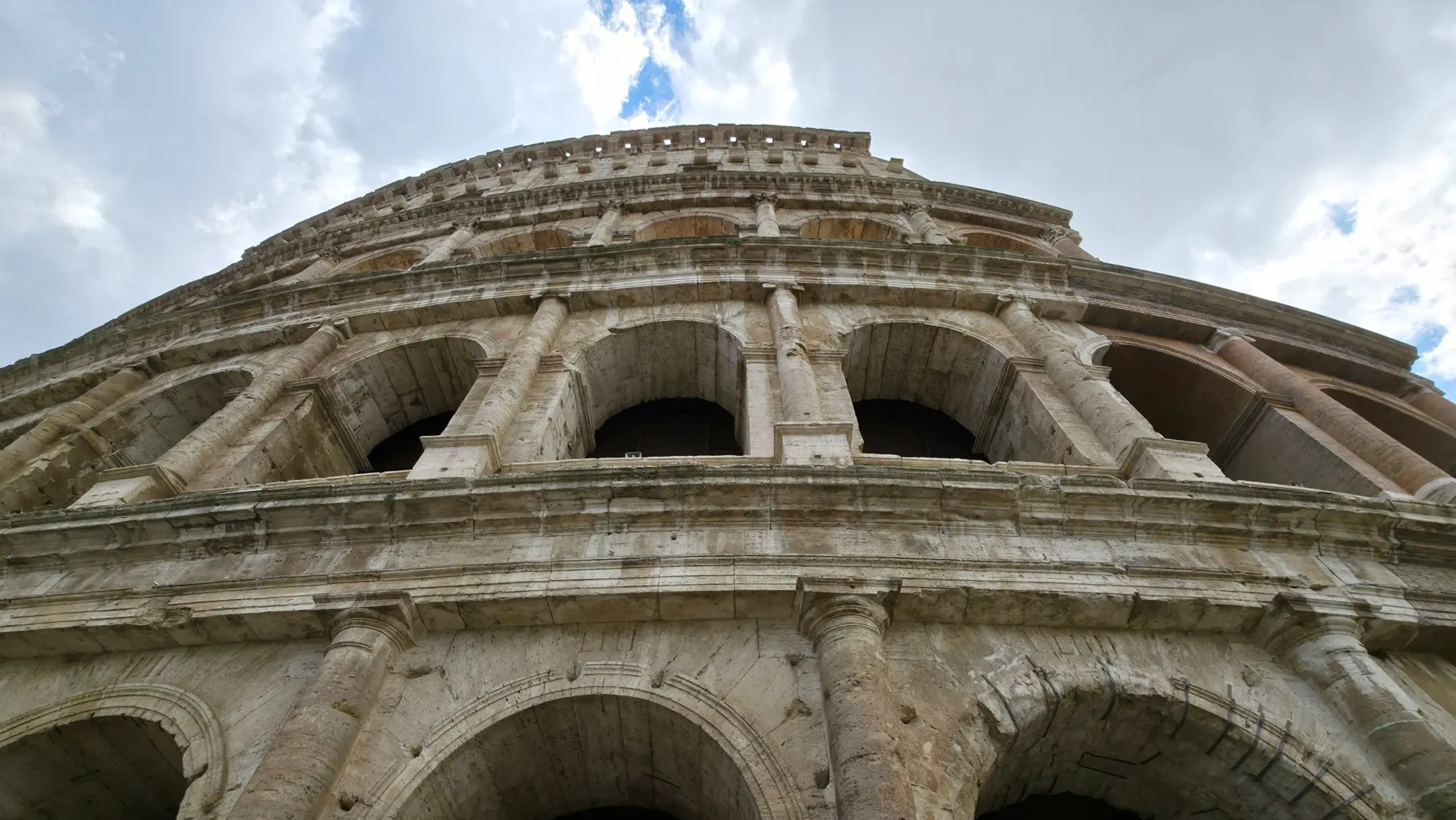
🏹 Inside the Arena
Stepping inside is like stepping through time. The Colosseum once held over 50,000 spectators, cheering for shows that were as much propaganda as entertainment. Today, it greets you with sweeping tiers, broken but resilient, and an arena floor that lets your imagination run wild.
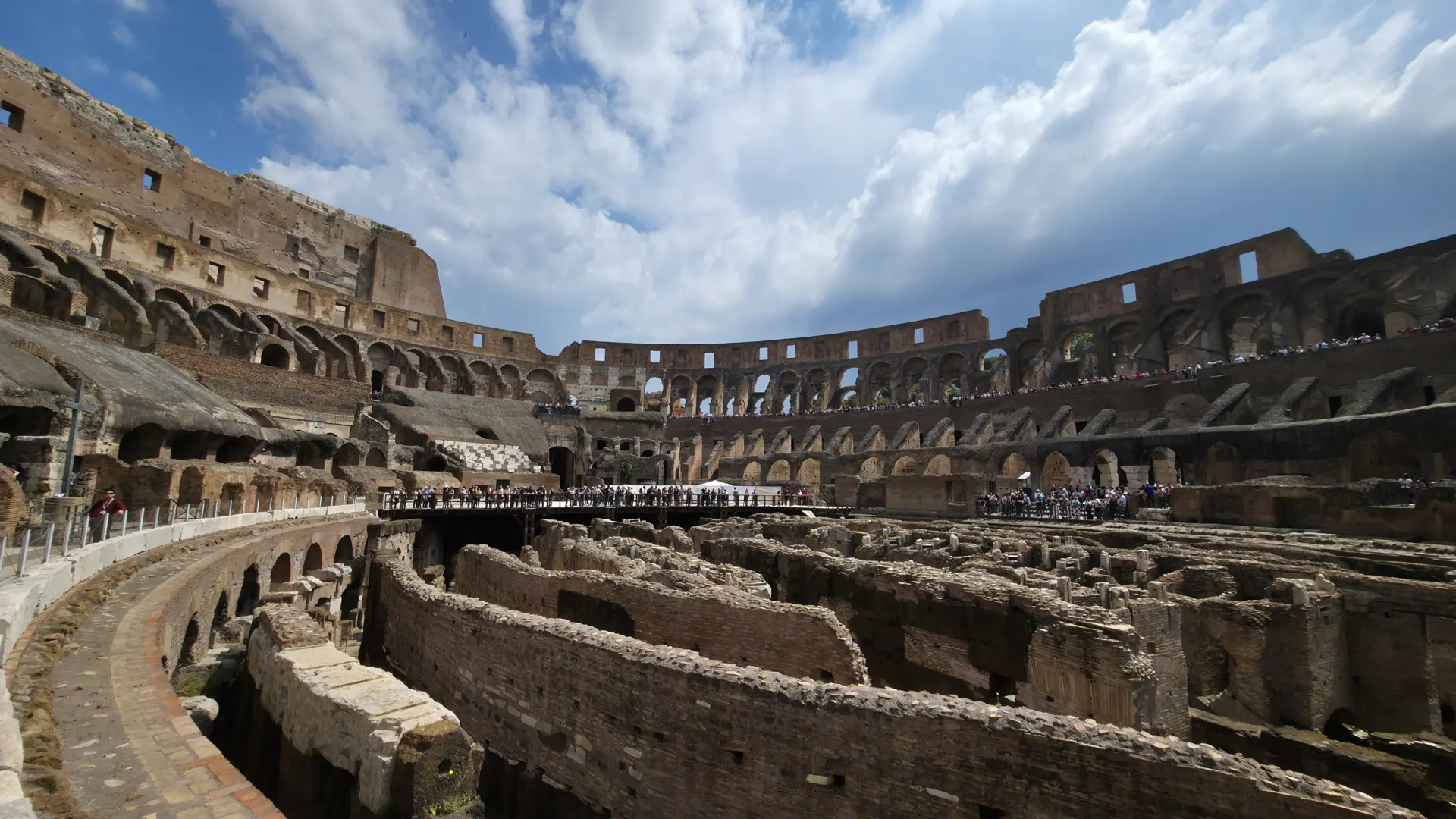
From the upper levels, the view is spectacular. You can see the skeletal layout of the arena, with its exposed substructures and radial corridors. You stand where emperors, senators, and ordinary Romans once sat, bonded by spectacle.
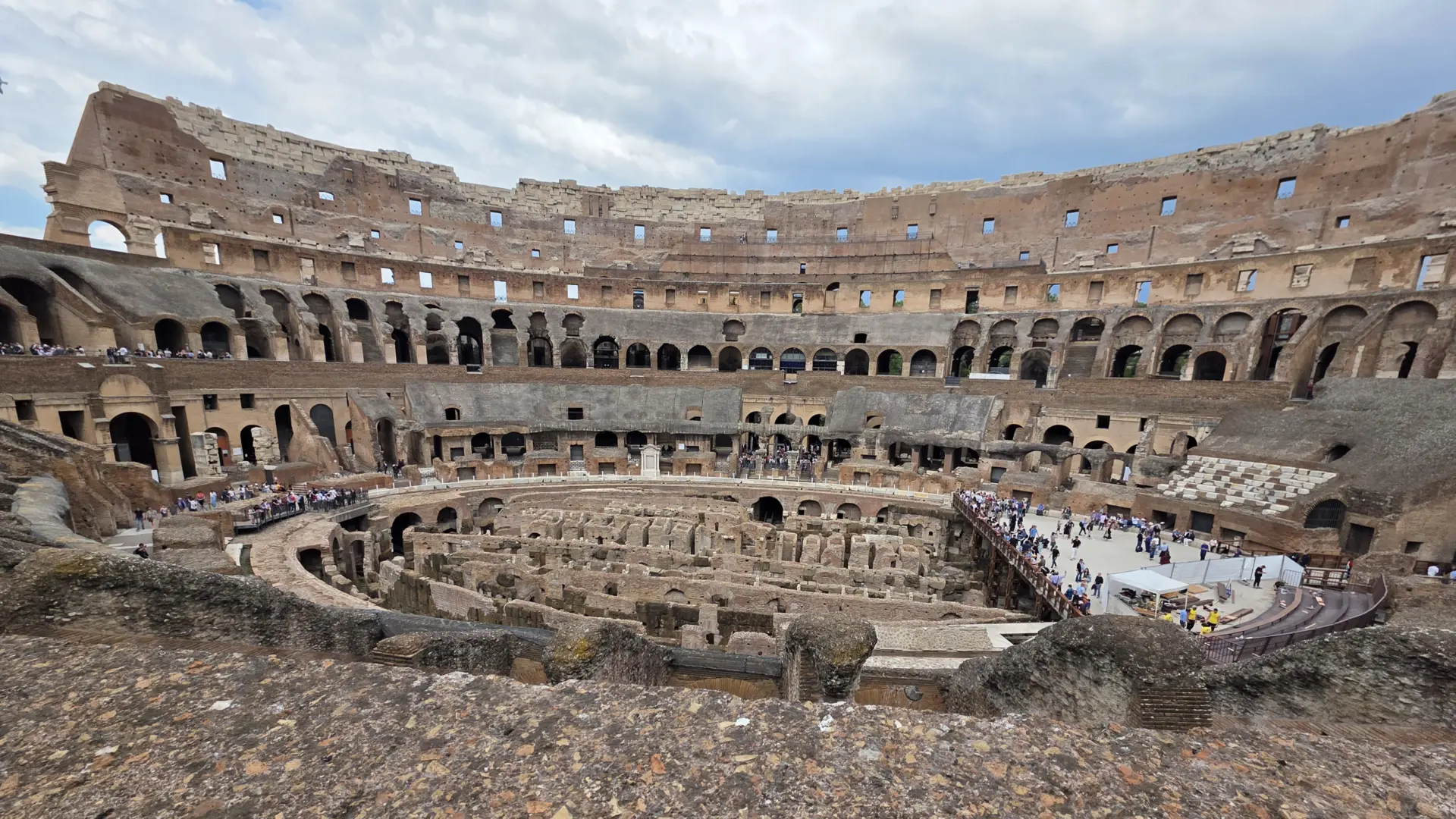
The audio guide helps bring context, but honestly, it’s the silence that speaks loudest. You don’t just see history here. You feel it under your feet.
🏛️ Architecture and Legacy
Commissioned in 72 AD by Emperor Vespasian and completed under Titus, the Colosseum was a marvel of Roman engineering. It featured retractable awnings (the velarium), underground lifts, and seating so well organized it rivals modern stadiums. It’s been damaged by time, earthquakes, and even stone scavengers. But it remains standing, a testament to Rome’s resilience and ingenuity.
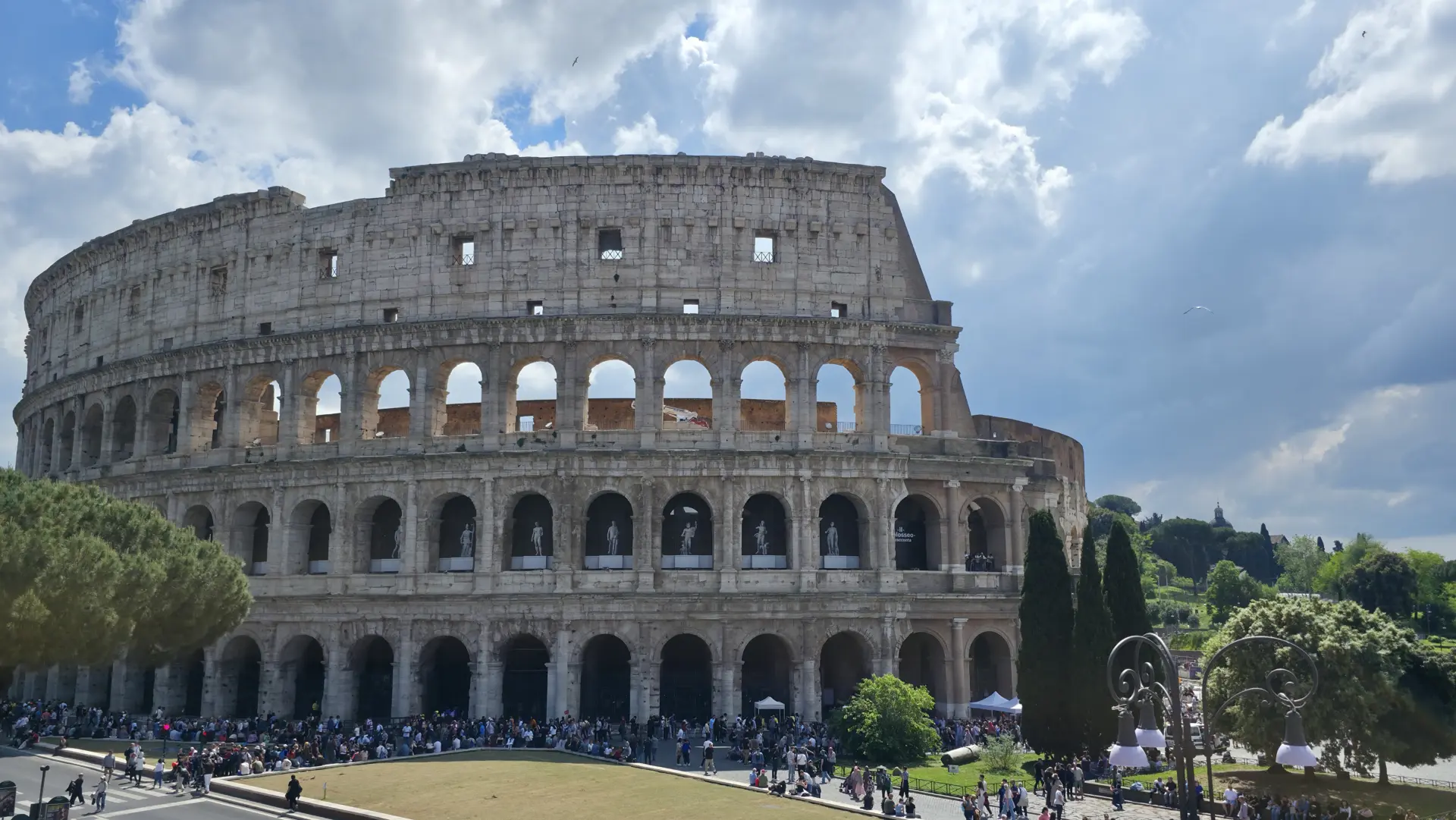
Fun fact: its real name is the Amphitheatrum Flavium, named for the Flavian dynasty. The nickname “Colosseum” likely came from the nearby Colossus of Nero, a massive bronze statue that once stood close to the site.
📍 Visiting Tips
- Book in advance: It gets busy, especially midday. Try to visit early morning or late afternoon.
- Combo ticket: Includes entry to the Roman Forum and Palatine Hill.
- Wear good shoes: Uneven stone + lots of stairs = stylish sneakers.
- Bring water: Especially in summer. Shade is limited inside.
- Take your time: Don’t rush. Let the space tell its story.
Final Thoughts
The Colosseum is grand, yes, but it’s also haunting. You walk between light and shadow, glory and grief. You imagine the roar of the crowd, the fear of a gladiator, the thrill of survival, the spectacle of empire. It’s beautiful and brutal, timeless and fragile.
And just when you think you’ve seen it all, you realize: there’s more.
Beneath the arena, where animals once prowled and trap doors swung open, lies a hidden world.
But that… is a story for another day.
xoxo,
Bubbly 💖

